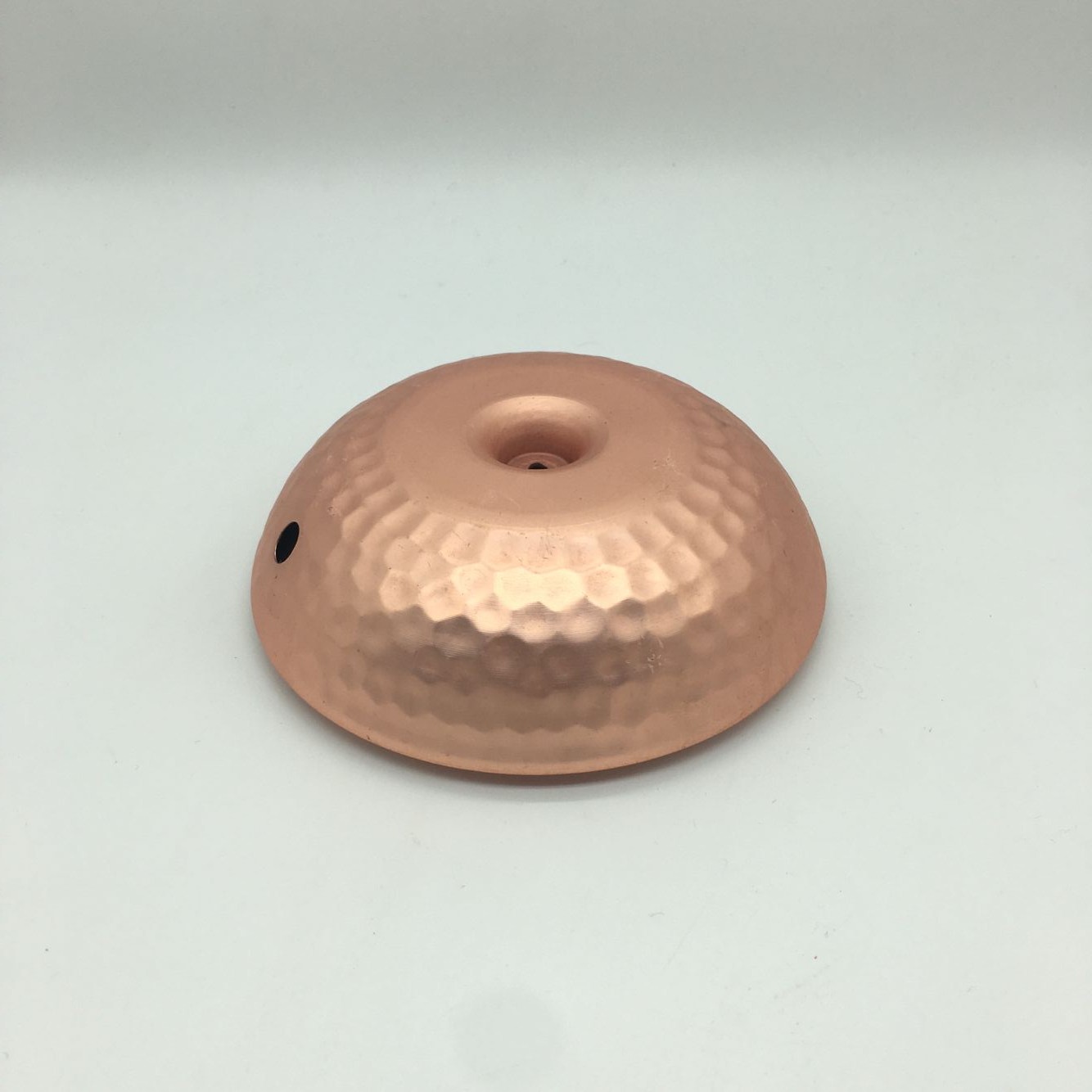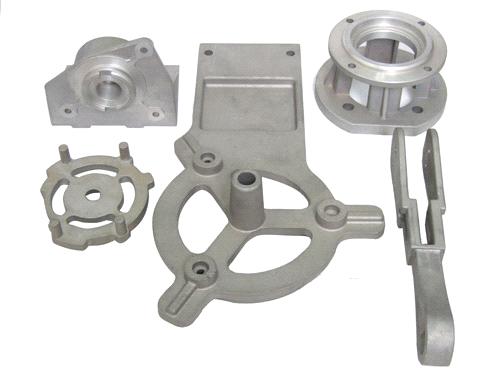Casting is a manufacturing process in which liquid metal is poured into a mold cavity of a specified shape or size. The process typically involves waiting for the liquid metal to cool and solidify before obtaining a casting or blank. Casting is also known as liquid metal forming or foundry.
The casting process includes the following sequential steps:
- Liquid metal
- Filling the mold
- Solidification and shrinkage
- Casting
There are several types of casting processes, including sand casting, investment casting, die casting, low-pressure casting, centrifugal casting, vacuum die casting, squeezing die casting, and lost foam casting. Each process has its own unique characteristics and advantages.
Sand casting is a casting method in which the casting is produced in a sand mold. Steel, iron, and most non-ferrous alloys can be obtained using sand casting.
Investment casting is a casting method that usually refers to the production of castings with complex shapes and high dimensional accuracy.
Die casting is a casting method that uses high pressure to force liquid metal into a mold cavity. It is suitable for mass production of small and medium-sized castings.
Low-pressure casting is a casting method that fills the mold with liquid metal under low pressure (0.6-1.5 x 10^5 Pa) to obtain a casting.
Centrifugal casting is a casting method that uses centrifugal force to fill the mold with liquid metal and solidify it into a casting.
Vacuum die casting is an advanced casting process that eliminates or significantly reduces the pores and dissolved gases in the casting by removing the gas in the mold cavity during the casting process.
Squeezing die casting is a method of forming liquid or semi-solid metal into a certain shape under high pressure, directly obtaining a product or blank.
Lost foam casting is a new type of casting method that uses a special metal mold to combine wax or foam models that are similar in size and shape to the casting with refractory coatings, and then bury them in dry quartz sand for modeling. After vibration modeling, the model is gasified, and the liquid metal occupies the position of the model to solidify and form the casting.





